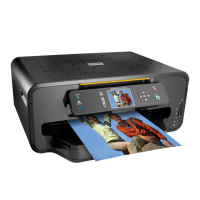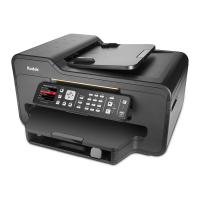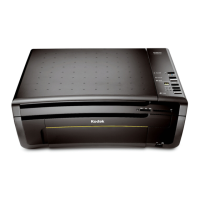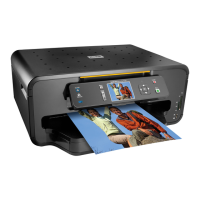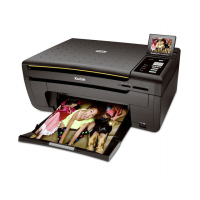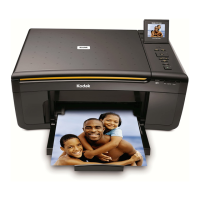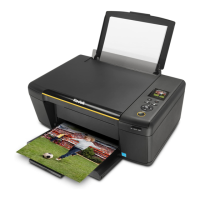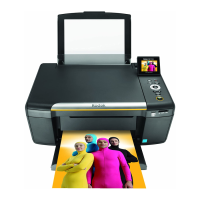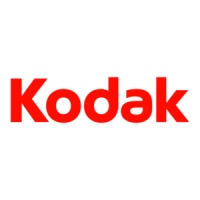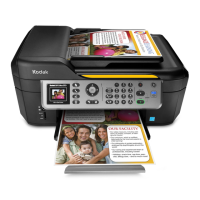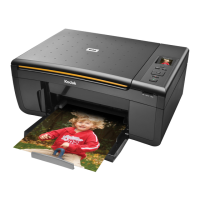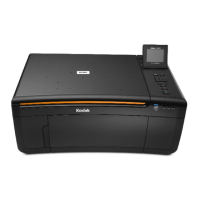Glossary
66 Kodak ESP·3 All-in-One
PictBridge: PictBridge is a Camera and Imaging Products Association standardized technology that allows
printing of images between any PictBridge compliant digital camera and any PictBridge compliant printer.
Thus, you can print from a memory card in a digital camera directly to a printer, regardless of brand. No
computer is necessary. Each device is automatically recognized by the other. The camera compares its
PictBridge functions to the functions of the printer. The camera then displays the supported functions on
menus on the LCD screen or in the viewfinder. Once a PictBridge digital camera is connected to a compliant
printer, print options appear on the camera monitor (LCD). The camera menu system is used to select
settings such as print size, layout, media type, and date. You can print a single image displayed on the
camera, print two or more images, or print all of the images on the memory card. You can print part of an
image by first cropping it within the camera and even create index prints (contact sheets). To find out if a
camera or printer is PictBridge compatible, look for the PictBridge logo on the packaging or check the manual
for specifications.
PTP: Picture Transfer Protocol. A standard for transferring pictures from a digital camera.
R
red eye: The red-eye effect in flash photography is caused by the light from the flash reflecting off the blood
vessels and interior eye tissue in humans. Animal eye glow from reflections is caused by a different internal
eye structure, which is much like a mirror. When not enough time elapses between the flash and exposure (as
with most compact cameras), the light of the flash occurs too fast for the iris of the eye to close the pupil. The
flash of light is focused by the lens of the eye onto the blood-rich retina at the back of the eye. The image of
the illuminated retina is then focused by the lens of the eye back to the camera, resulting in a red appearance
of the eye on the picture.
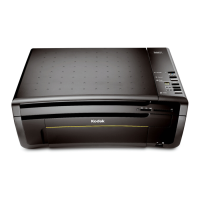
